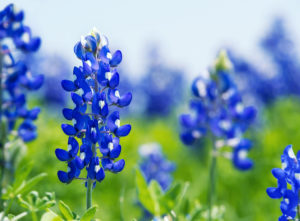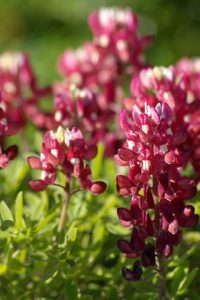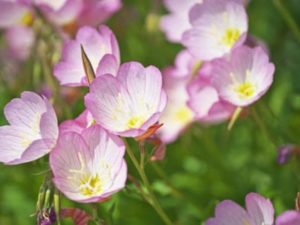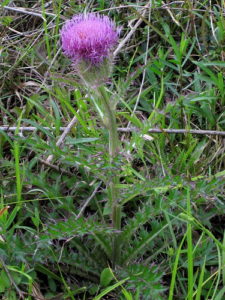It is that wonderful time of year in Texas where we get to see some rain, resulting in wildflowers around the state! For those who are new to Texas or want to get to know flowers better, we have a quick guide for you:
Bluebonnet: If it is blue and you see people pulled over to the side of the highway to take pictures with the flower, they are certainly bluebonnets. Our state flower is iconic, and is known for its blue color, but on the A&M campus they are maroon!


Prickly Pear Cactus: If the stem of this yellow flower looks like a cactus, it is because it is. These cacti not only have delicious prickly pears, but bloom yellow flowers in the springtime. This plant is perfect for Texas lawns as it is deer resistant, pollinator friendly, and requires very little maintenance.

Fire wheel: These wildflowers can be identified by their vibrant red and yellow pinwheel, along with the three-toothed petals.

Rain Lily: Has it rained recently? Then the flower may be a Hill Country Rain Lily! These flowers open throughout the day, and only last a day or two, so enjoy them while you can.

Pink Evening Primrose: Also called pink ladies, these flowers are night owls, most opening their flowers in the evening, closing them again early each morning. You can identify them by their pink color and cup shape.

Green Prairie Coneflower: Also called the Mexican Hat because of its resemblance to the Sombrero, this flower can range from dark red and yellow, to all red or all yellow.

Blackfoot daisy: Does anyone else smell honey? It might be the Blackfoot Daisy! These black rarely grow over 6 inches high, and are often in clumps that are 1-2 feet across

Texas Thistle: This flower looks like it should be on the end of Cher’s pen in Clueless. A favorite of bumblebees, the Texas thistle grows from 2-5 feet tall and has a noticeable pink color.

Texas Lantana: More common in East Texas, this flower resembles a popcorn ball. Ranging from vibrant red, orange, and yellow flowers, this plant is perfects for Texas gardens as it is deer resistant and pollinator friendly.

Have you seen any wildflowers yet? A great resource to help identify them is the Lady Bird Johnson Wildflower Center (https://www.wildflower.org/plants-main) or using iNaturalist (https://www.inaturalist.org/observations).